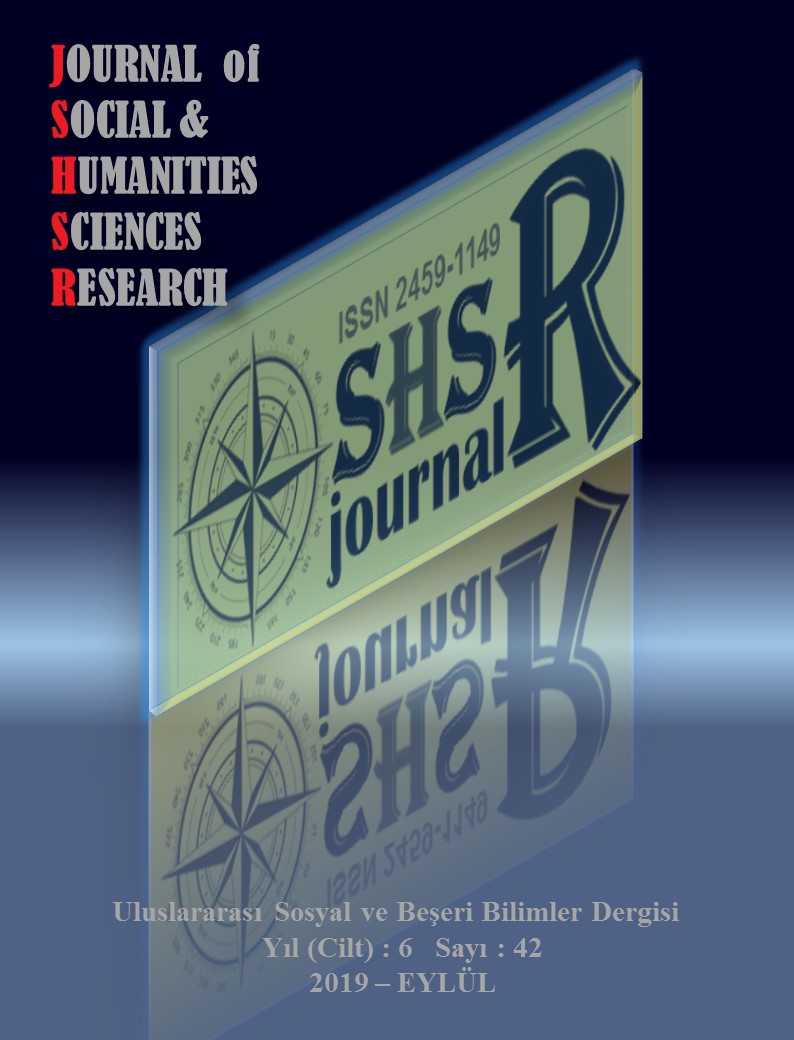THE SECOND MIGRATION OF POVERTY: FIKIRTEPE, ISTANBUL
DOI:
https://doi.org/10.26450/jshsr.1422Keywords:
Poverty, Migration, Urban Redevelopment, FikirtepeAbstract
As of the 1950s, with the industrialization in agriculture, a surplus of labor force emerged in rural areas. Those living in their hometown have made the first migration to be employed in industrial facilities in the city. Migrants first settled their housing needs in gecekondus built with light tools on the periphery of the city around the industrial areas. Later, with the humility of the state, they transformed the first gecekondu units into reinforced concrete structures and apartment buildings. In the 2000s, the reproduction of the urban area came to the agenda and construction activities started to be presented to the upper-income group in the high rant areas of the city with neoliberal policies. The gecekondu settlements supported by the state reconstruction amnesty, are defined as the ruined areas of the city. The lower-income group residing in these areas is seen as crime-prone communities. This study aims to reveal the second migration of displaced gecekondu settlers due to urban transformation activities. The scope of this study was limited to Fikirtepe Neighborhood, where the transformation started in 2011, but the demolition and construction activities still continue today. Qualitative data collected through in-depth interviews conducted in the field were processed and presented through content analysis. It was revealed that many people who migrated from rural areas to settle in Fikirtepe in the 1950s were forced to perform the second migration due to poverty
Downloads
Published
How to Cite
Issue
Section
License
Copyright (c) 2019 INTERNATIONAL JOURNAL OF SOCIAL HUMANITIES SCIENCES RESEARCH

This work is licensed under a Creative Commons Attribution 4.0 International License.


